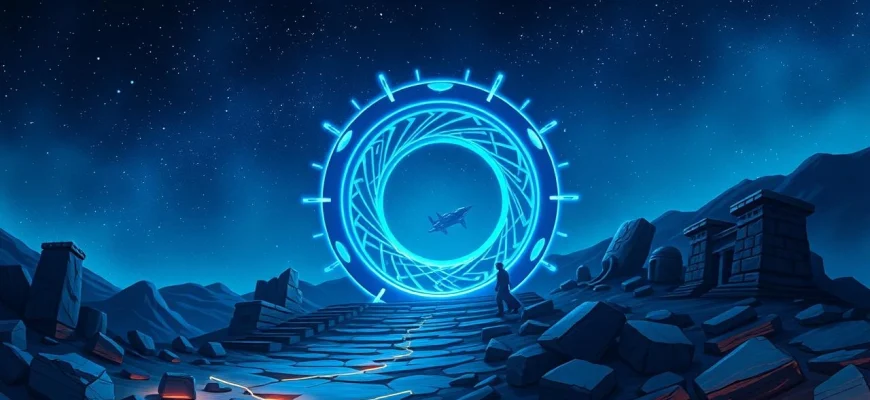If you're a fan of 'Stargate (1994)' and its unique blend of sci-fi adventure, ancient mythology, and interstellar exploration, you're in for a treat. This article highlights 10 movies and TV shows that capture the same thrilling spirit, mysterious ancient civilizations, and epic journeys through space and time. Whether you loved the original film or its subsequent series, these recommendations will satisfy your craving for more gate-traveling adventures.
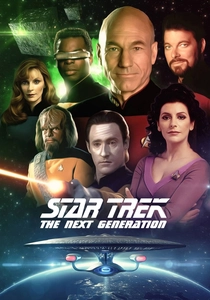
Star Trek: The Next Generation (1987)
Description: Like Stargate (1994), Star Trek: The Next Generation explores themes of exploration, diplomacy, and encounters with alien civilizations. Both franchises emphasize teamwork, problem-solving, and the ethical dilemmas of advanced technology. The episodic structure of TNG, with overarching storylines, mirrors Stargate's blend of standalone and serialized storytelling.
Fact: Patrick Stewart was initially hesitant to take the role of Captain Picard, fearing typecasting. The show introduced the holodeck, a concept that influenced many future sci-fi series. The Borg, one of Star Trek's most iconic villains, debuted in TNG.
 Watch Now
Watch Now 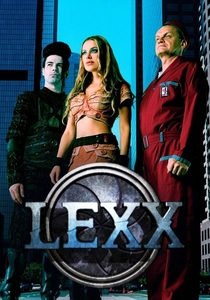
Lexx (1997)
Description: Lexx shares Stargate's irreverent tone and willingness to blend genres, though it's more overtly surreal and sexual. Both shows feature a crew traveling between worlds, encountering strange civilizations. Lexx's practical effects and alien designs show a similar handmade aesthetic to early Stargate.
Fact: The show was a German-Canadian co-production originally titled 'Tales from a Parallel Universe'. The Lexx ship was designed to resemble a giant insect. Each season had a radically different setting and tone.
 Watch Now
Watch Now 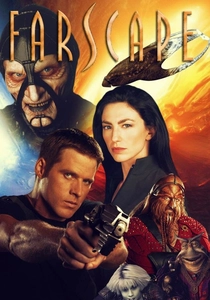
Farscape (1999)
Description: Farscape shares Stargate's fish-out-of-water premise, with a human protagonist thrust into an alien world. Both shows blend action, humor, and character-driven storytelling. The practical creature effects in Farscape recall Stargate's emphasis on physical props and sets over CGI.
Fact: The show was a collaboration between The Jim Henson Company and Hallmark Entertainment. Ben Browder (John Crichton) later joined Stargate SG-1 as Cameron Mitchell. The iconic living ship Moya was designed to be a character in her own right.
 Watch Now
Watch Now 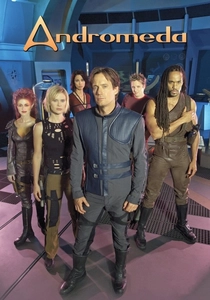
Andromeda (2000)
Description: Created by Star Trek's Gene Roddenberry, Andromeda shares Stargate's optimistic vision of humanity's future in space. Both shows feature ancient advanced civilizations and explore themes of rebuilding after collapse. The ship-based adventures recall Stargate's team missions through the gate.
Fact: Kevin Sorbo was cast after producers saw his performance in Hercules. The show was originally conceived as a Star Trek spin-off. The Andromeda Ascendant's design was inspired by Art Deco aesthetics.
 Watch Now
Watch Now 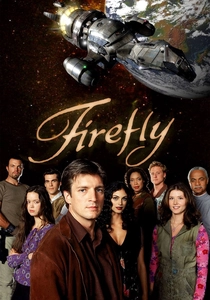
Firefly (2002)
Description: Firefly shares Stargate's blend of action, humor, and found-family dynamics. Both shows feature charismatic leaders (Mal Reynolds and Jack O'Neill) who balance military experience with irreverence. The Western-inspired aesthetic of Firefly parallels Stargate's use of Earth cultures in its worldbuilding.
Fact: The Chinese dialogue was often grammatically incorrect, as the actors weren't fluent. Nathan Fillion bought the original Serenity model after the show was canceled. The show's cancellation after one season led to one of TV's most famous fan campaigns.
 Watch Now
Watch Now 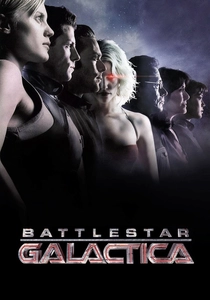
Battlestar Galactica (2004)
Description: Battlestar Galactica shares Stargate's military sci-fi elements and themes of survival against overwhelming odds. Both shows feature strong ensemble casts and explore the human condition through their characters. The rebooted BSG's gritty realism and political intrigue parallel Stargate's more grounded approach to space opera.
Fact: The miniseries that launched the reboot was originally planned as a standalone project. Edward James Olmos directed several episodes of the series. The show's opening sequence changed subtly throughout the series to reflect the dwindling human population.
 Watch Now
Watch Now 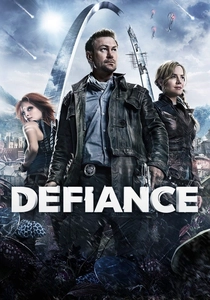
Defiance (2013)
Description: Defiance shares Stargate's premise of humans and aliens coexisting (and clashing) on Earth. Both shows explore cultural integration and feature diverse alien species with distinct cultures. The frontier town setting parallels Stargate's offworld outposts.
Fact: The show was paired with an MMORPG that shared its setting. The alien languages were developed by a professional linguist. Julie Benz's character was originally written as male.
 Watch Now
Watch Now 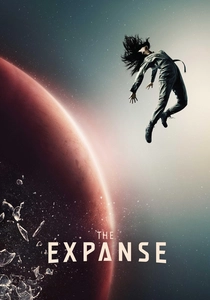
The Expanse (2015)
Description: The Expanse shares Stargate's attention to scientific realism (within its fictional framework) and political complexity. Both shows feature diverse factions vying for power and ancient alien technology as a central plot device. The Expanse's multi-perspective storytelling mirrors Stargate's ensemble approach.
Fact: The books' author, James S.A. Corey, is actually a pen name for two collaborators. The show was saved from cancellation by fan campaigns and Jeff Bezos' personal interest. The Belter creole language was developed by a professional linguist.
 Watch Now
Watch Now 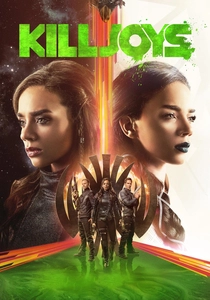
Killjoys (2015)
Description: Killjoys shares Stargate's mix of action, humor, and character-driven storytelling in a spacefaring setting. Both shows feature teams undertaking missions that uncover larger conspiracies. The bounty hunter premise allows for planet-of-the-week adventures similar to Stargate's gate travel.
Fact: The show was created by Michelle Lovretta, who also created Lost Girl. The Quad star system was designed to allow diverse planetary environments. Dutch's backstory was inspired by classic martial arts films.
 Watch Now
Watch Now 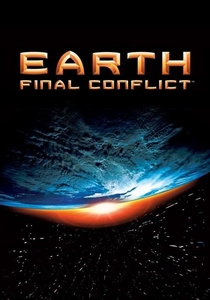
Earth: Final Conflict (1997)
Description: Created by Star Trek's Gene Roddenberry, Earth: Final Conflict shares Stargate's themes of alien contact and hidden agendas. Both shows feature advanced alien technology integrated into human society. The shadowy political intrigue mirrors Stargate's NID and Trust storylines.
Fact: The show was developed from Roddenberry's unused notes after his death. The Taelon ships were designed to resemble living organisms. The lead role was recast after the first season.
 Watch Now
Watch Now 
